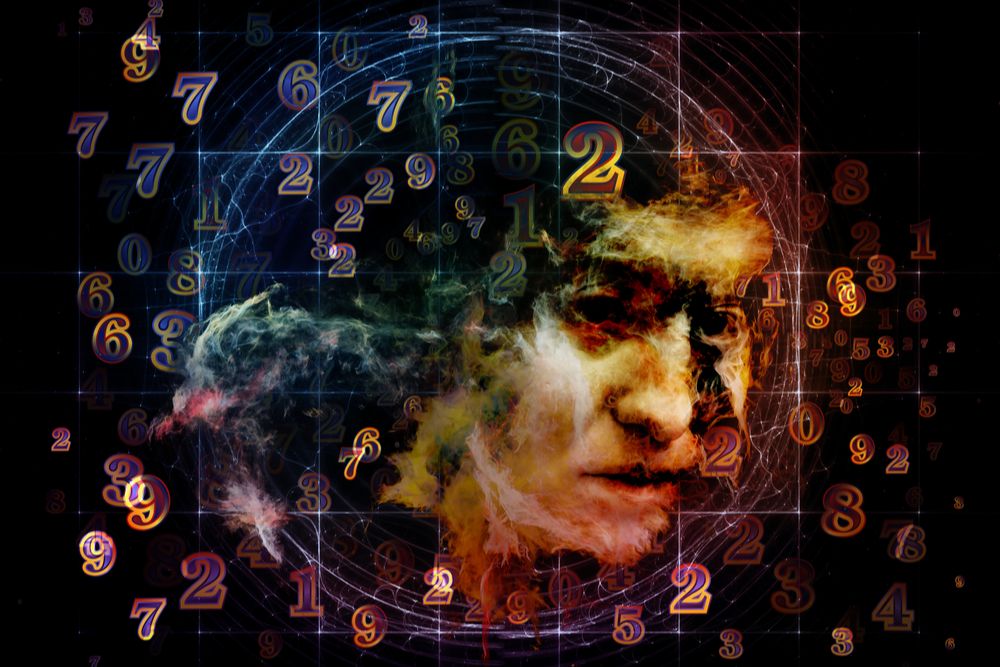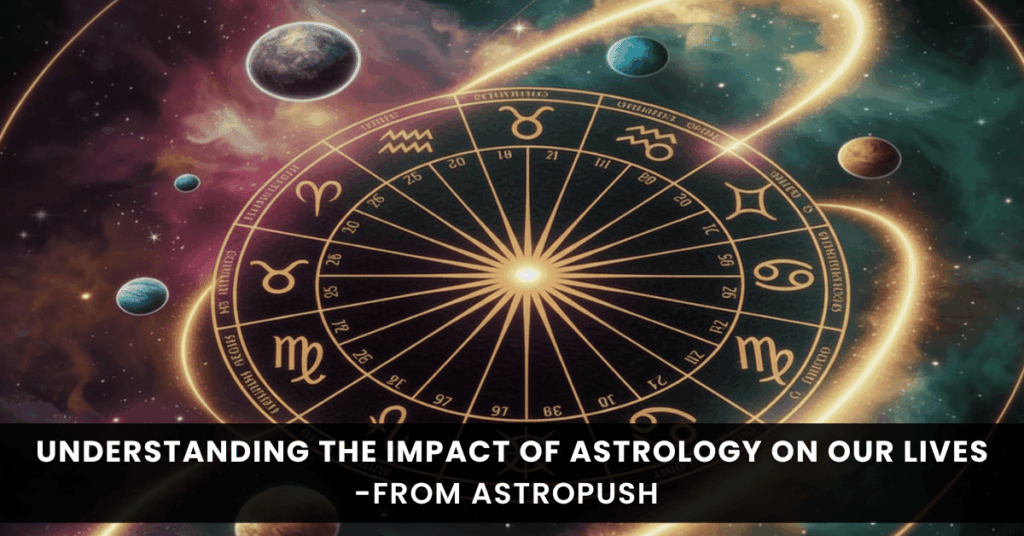The Partial Solar Eclipse is a breathtaking astronomical event where the Moon partially covers the Sun, creating a stunning celestial sight. Unlike a total solar eclipse, where the Sun is completely hidden, a partial eclipse allows a portion of sunlight to pass through, forming a fascinating crescent-like appearance. This cosmic event captures the interest of astronomers, astrologers, and skywatchers alike.
What is a Partial Solar Eclipse?
A Partial Solar Eclipse occurs when the Moon moves between the Earth and the Sun but does not completely cover the Sun’s disk. This results in a portion of the Sun remaining visible, creating a mesmerizing visual effect. The extent to which the Sun is obscured depends on the observer’s location on Earth. The further one is from the central eclipse path, the smaller the covered portion appears.
How Does a Partial Solar Eclipse Occur?
A Partial Solar Eclipse occurs during the new moon phase when the Sun, Moon, and Earth fail to align perfectly. Since the Moon’s orbit tilts slightly relative to the Earth’s orbit around the Sun, it does not always block the entire Sun. This slight misalignment hides only part of the Sun, creating a partial eclipse.
The Science Behind the Phenomenon
The Sun is about 400 times larger than the Moon, but it is also roughly 400 times farther away from Earth. This unique proportion allows the Moon to appear almost the same size as the Sun in our sky. When a solar eclipse takes place, the Moon casts its shadow on the Earth. The shadow consists of two parts:
- Umbra: The central, darkest part of the shadow where a total eclipse can be seen.
- Penumbra: The outer, lighter shadow where a partial eclipse occurs.
Historical Significance
Solar eclipses, including Partial Solar Eclipses, have fascinated civilizations for centuries. Ancient cultures often considered them omens, associating them with supernatural or divine messages. Some civilizations believed eclipses signified the displeasure of gods, while others used them for celestial predictions. Today, we understand the scientific reasons behind eclipses, but they still hold cultural and spiritual significance in many traditions.
The Role of Earth’s Atmosphere During a Partial Solar Eclipse
The Earth’s atmosphere plays a crucial role during a Partial Solar Eclipse, as it can affect how the event appears from different locations. When the Moon partially covers the Sun, the scattering of sunlight through the atmosphere can create a mesmerizing golden or reddish hue in the sky. This effect is more prominent during sunrise or sunset when the Sun is near the horizon, as the light has to travel through a greater portion of the atmosphere. The level of atmospheric dust, pollution, and humidity also impacts the eclipse’s visibility, making each occurrence a unique experience.
In some cases, a Partial Solar Eclipse can cause a noticeable drop in temperature. When a significant portion of the Sun is blocked, the reduction in solar radiation leads to cooler surroundings. This phenomenon is particularly noticeable in areas with high eclipse coverage. Scientists use such opportunities to study atmospheric changes and their potential impact on climate patterns, helping them understand the relationship between solar activity and Earth’s environment.
Also Read – Red Moon: The Mystery Behind Its Appearance and Meaning
Why Partial Solar Eclipses Are Common Than Total Solar Eclipses
Partial Solar Eclipses occur more frequently than total solar eclipses due to the Moon’s orbital path around Earth. Since the Moon’s orbit is slightly tilted relative to the Earth’s orbit around the Sun, perfect alignments resulting in total eclipses are rare. However, partial eclipses occur when the Moon covers only a part of the Sun’s disk, making them more frequent and visible across a larger portion of the Earth.
While a total solar eclipse happens in a narrow path known as the “path of totality,” a Partial Solar Eclipse can be seen from a much broader region. This means that more people get to witness a partial eclipse than a total one. Despite being more common, partial eclipses are still fascinating celestial events that attract skywatchers, scientists, and astrologers alike, offering a chance to appreciate the wonders of the cosmos.
Astrological Importance
In astrology, people believe eclipses bring changes and transformations. A Partial Solar Eclipse marks a time for new beginnings, self-reflection, and shifts in personal energy. Many astrologers analyze the zodiac sign in which the eclipse occurs to predict its influence on individuals.
At AstroPush, we provide services such as chat with astrologer online free, talk to astrologer online free, free kundli, free horoscope prediction, kundli matching, numerology, panchang calendar. Our expert astrologers can guide you on how a Partial Solar Eclipse may impact your life and what precautions you should take during this celestial event.
How to Safely Observe a Partial Solar Eclipse
Observing a solar eclipse requires caution. Looking directly at the Sun, even during a Partial Solar Eclipse, can cause serious eye damage. Here are some safe ways to enjoy the event:
- Use Eclipse Glasses: Special eclipse glasses with solar filters help protect the eyes while viewing the eclipse.
- Pinhole Projection: Create a small hole in a piece of cardboard and let sunlight pass through onto a flat surface to see a safe projection of the eclipse.
- Solar Filters for Telescopes and Binoculars: If using optical devices, ensure they have proper solar filters to prevent eye damage.
- Online Live Streams: Many space agencies and observatories provide live streams of solar eclipses for those who cannot witness them in person.
Upcoming Partial Solar Eclipses
Partial Solar Eclipses occur multiple times a year in different parts of the world. Checking astronomical calendars can help enthusiasts plan for future events. These eclipses are a treat for skywatchers and provide an opportunity for scientific observation.
Cultural Beliefs and Myths About Solar Eclipses
Different cultures have their own interpretations of solar eclipses. Some common beliefs include:
- In Hindu tradition, it is advised to avoid eating and stepping outside during an eclipse.
- In ancient China, people believed a celestial dragon was devouring the Sun and would beat drums to scare it away.
- Some Native American tribes viewed eclipses as moments for reflection and spiritual growth.
While modern science explains the mechanics of solar eclipses, these cultural beliefs still hold significance in many communities.
Also Read – Marriage Prediction by Date of Birth: Unveiling Your Future Partner
Impact of a Partial Solar Eclipse on Zodiac Signs
Astrologers believe that eclipses influence different zodiac signs in unique ways. A Partial Solar Eclipse can bring changes, opportunities, and challenges based on an individual’s birth chart. At AstroPush, you can contact the best astrologer in India anytime through our application to understand how an eclipse might affect your zodiac sign.
Conclusion
A Partial Solar Eclipse is a captivating natural event that blends science, culture, and astrology. It serves as a reminder of the wonders of the universe while also holding spiritual significance for many people. Whether you observe it for its astronomical beauty or its astrological influence, it is essential to do so safely. For personalized astrological insights during a Partial Solar Eclipse, connect with AstroPush, where you can chat with astrologer online free, talk to astrologer online free, and access services like free kundli, free horoscope prediction, kundli matching, numerology, and panchang calendar. Download our app today and explore the mystical world of astrology!
Download the application on PlayStore and AppStore now!





